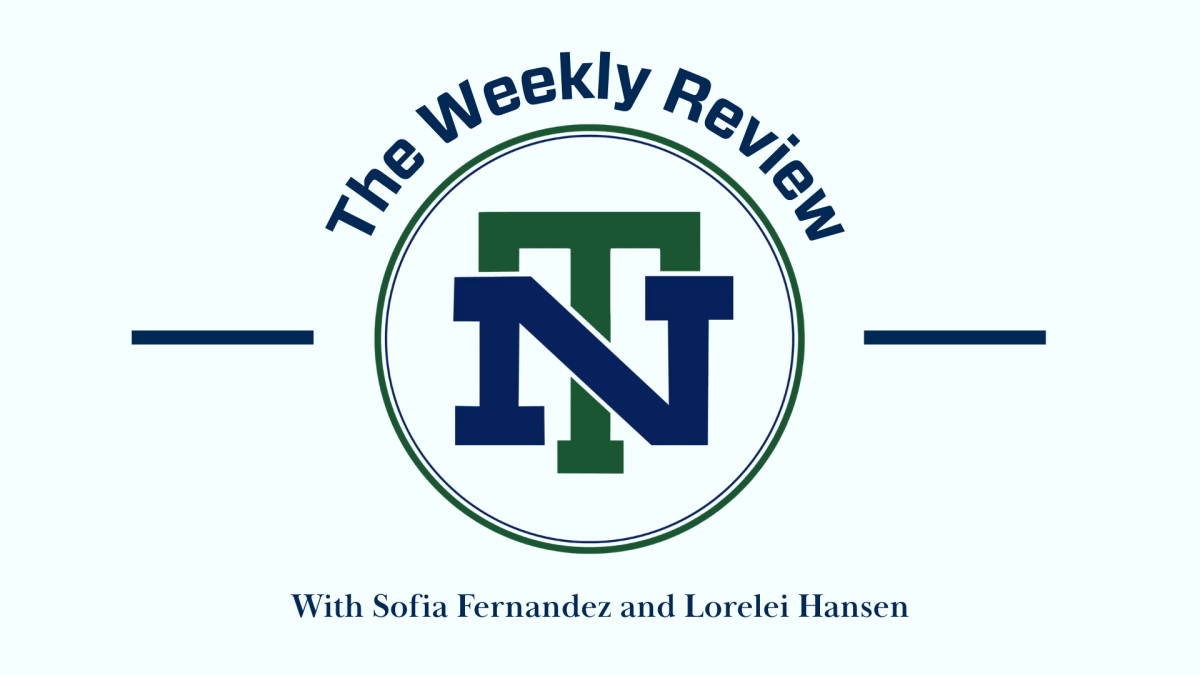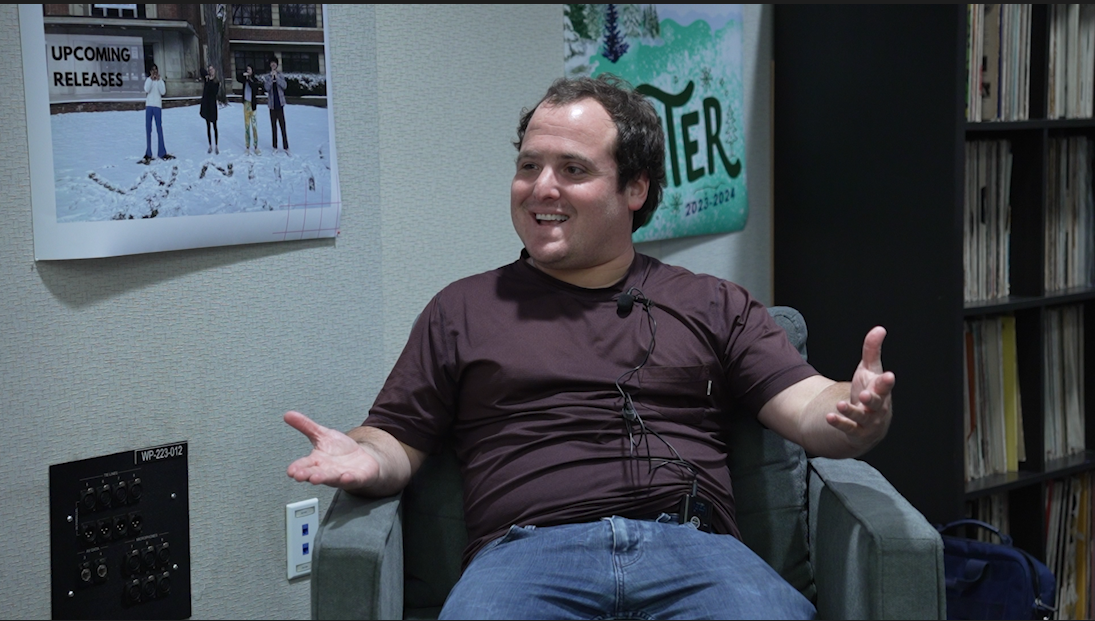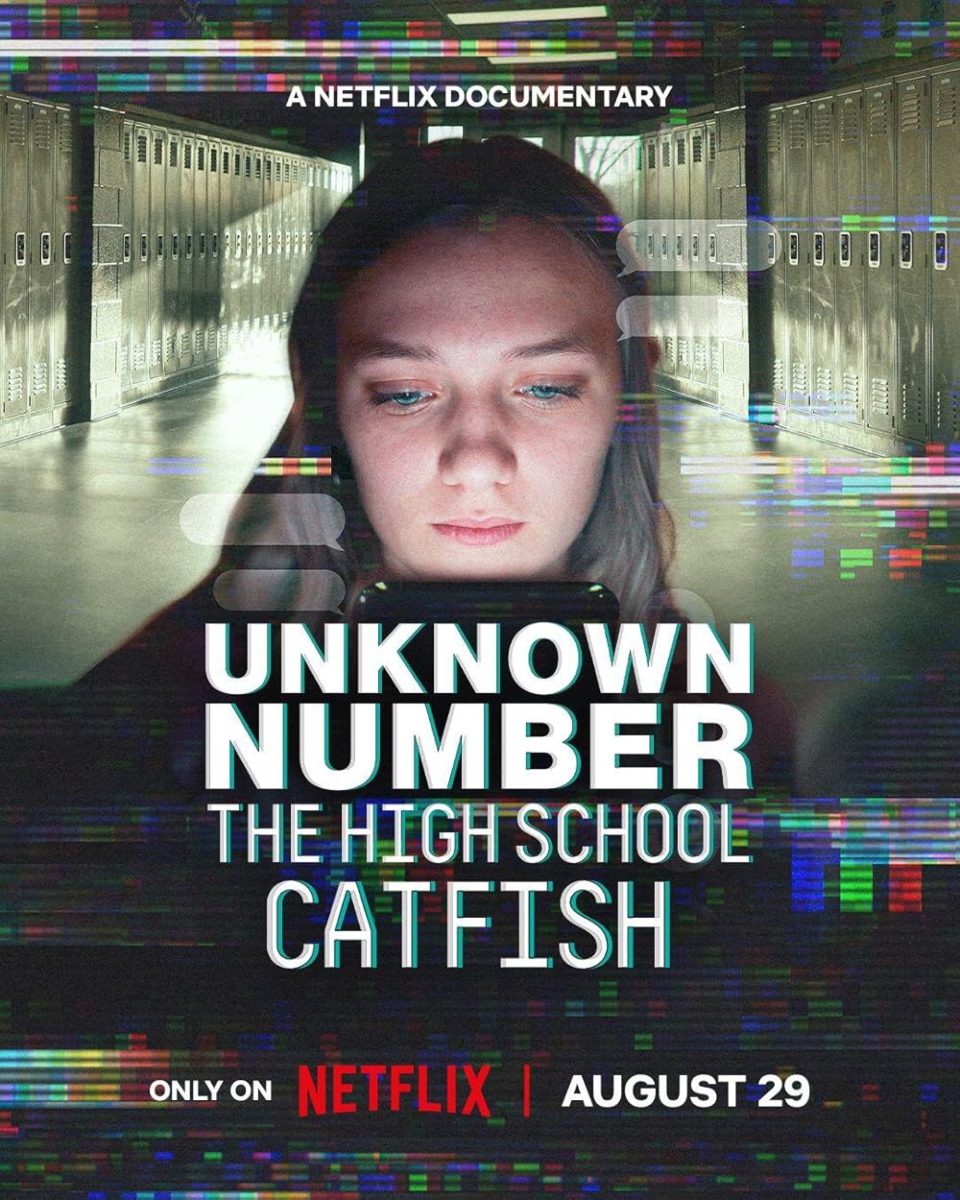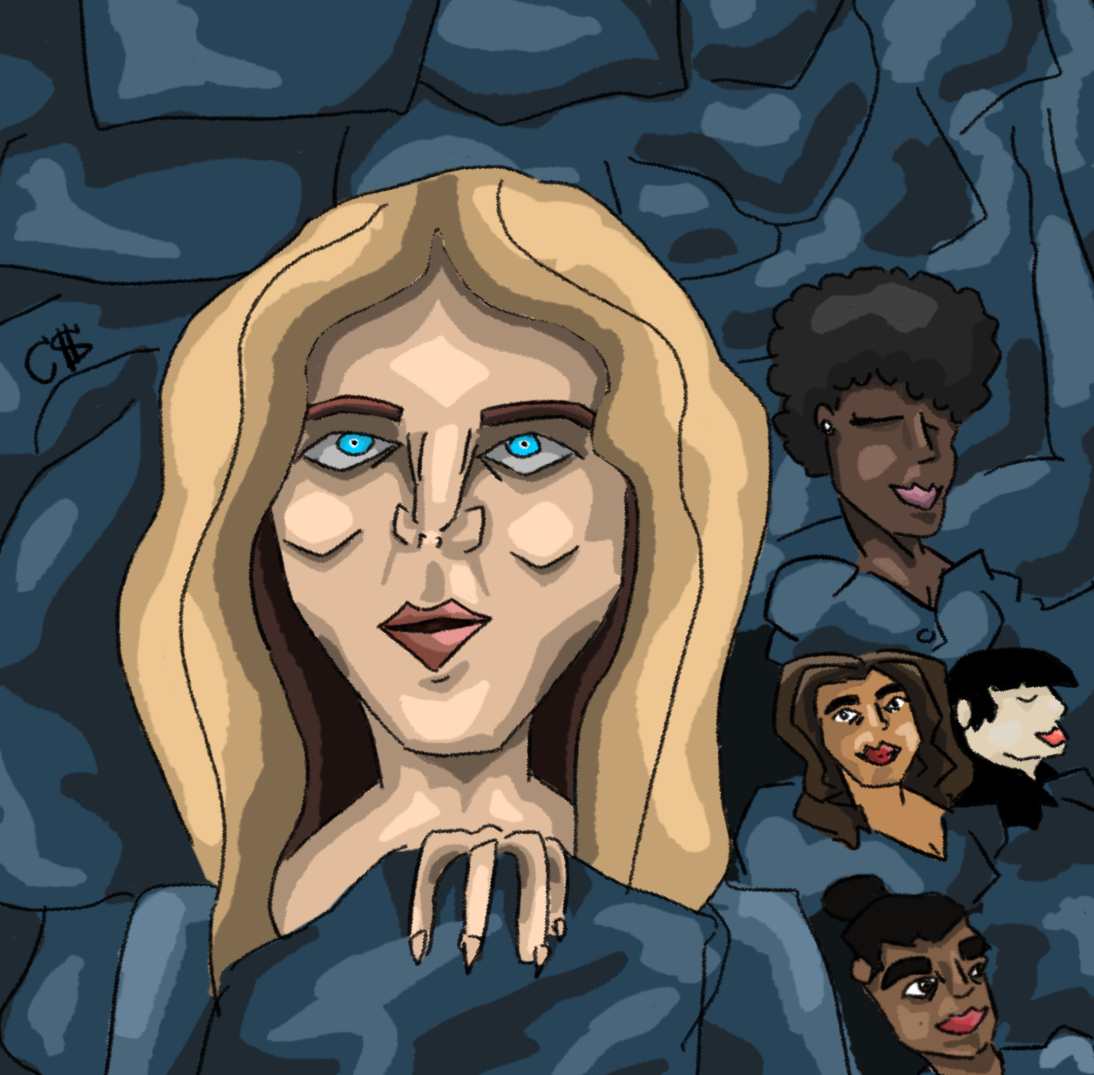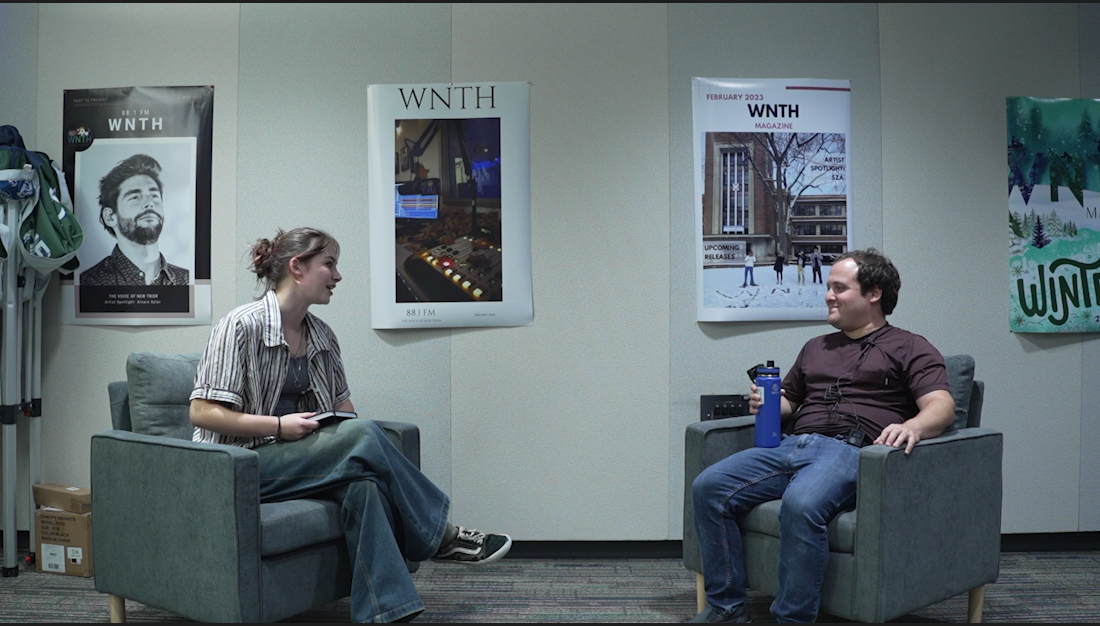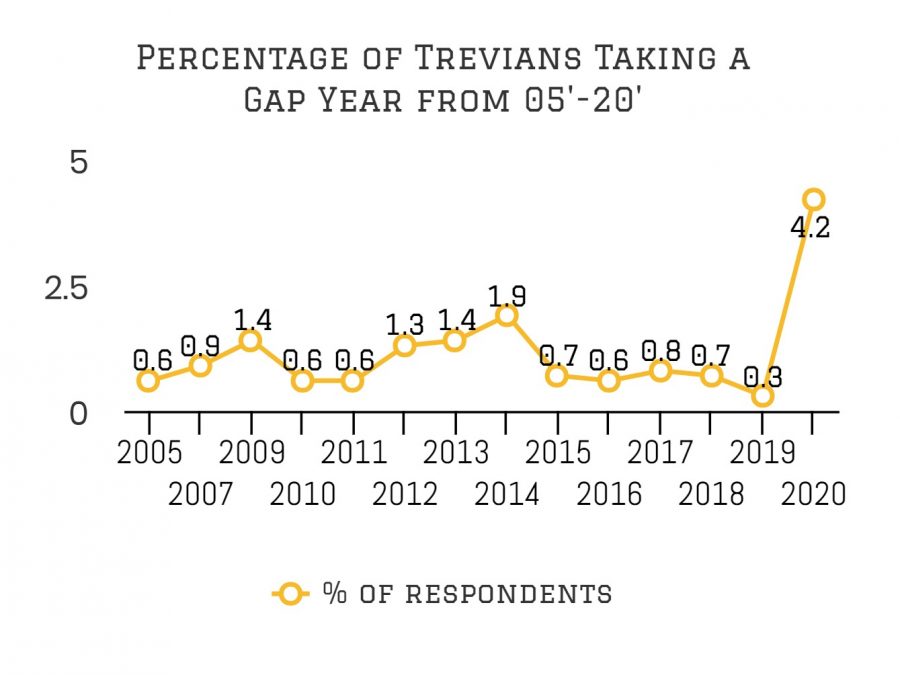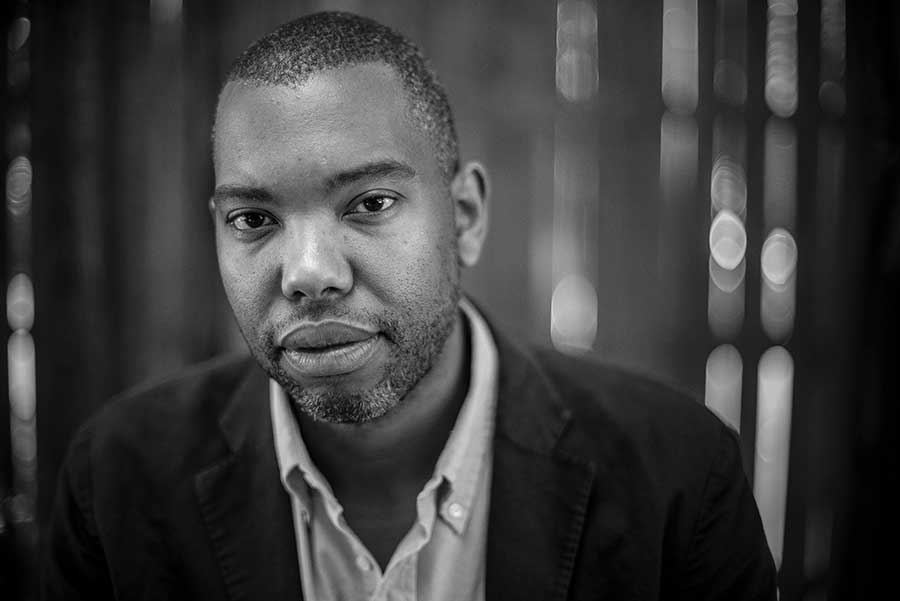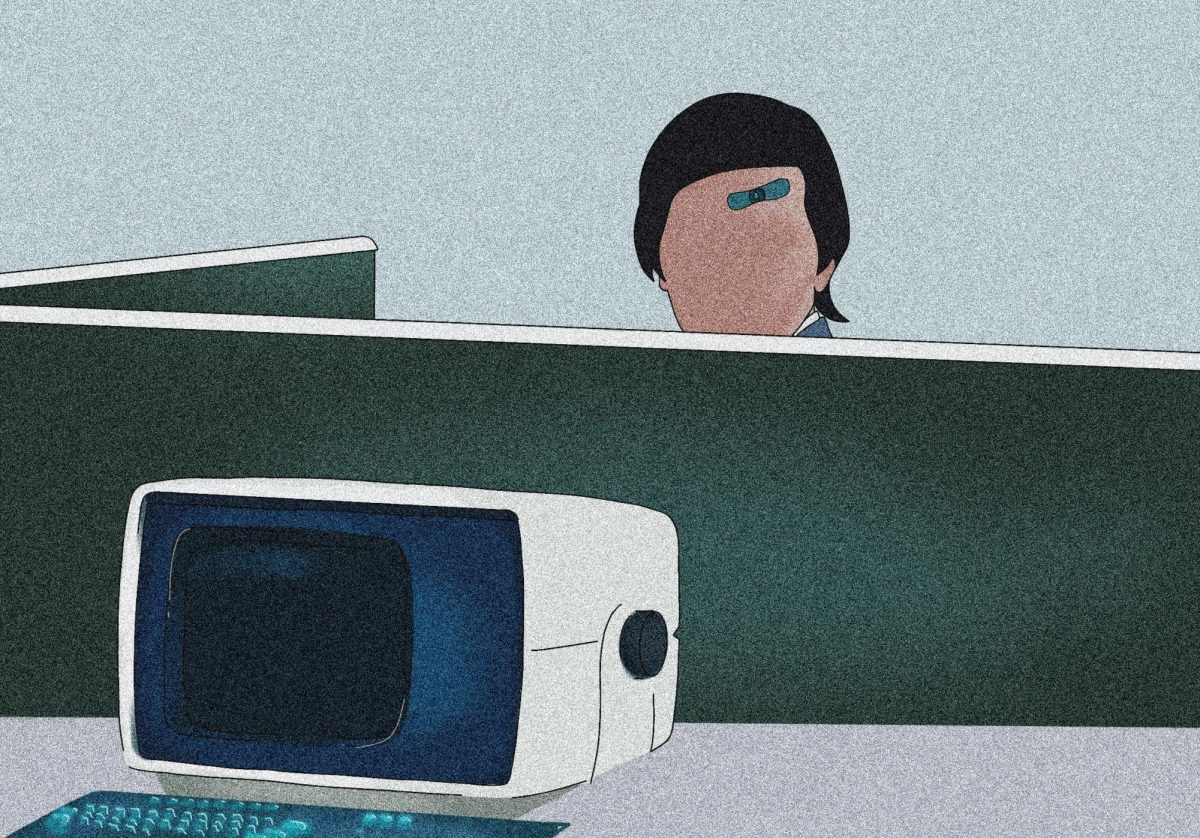The corporate lifestyle is so mundane that workers try everything from chatting to participating in aimless office antics just to run out the clock. But what if you couldn’t run out the clock? What if every day you left the building, you found yourself walking back in as if no time had passed? And instead of passing the time through some innocent internet browsing, you and your colleagues spent every waking minute plotting to overthrow your oppressive employers who had cut you off from the outside world? Well, that’s essentially the plot of Apple TV’s “Severance”.
I’ve been a fan of “Severance” since I watched the first season in 2022. I’d even go so far as to say it’s the best show on television today. The writing, cinematography, and casting are nothing short of perfect. And I’m not the only one who feels this way: “Severance” has received generous ratings from IMDb and Rotten Tomatoes. Since the release of its second season—which took 3 years because of the SAG-AFRA Actors’ and WGA Writers’ strikes—”Severance” has officially become Apple TV’s most watched show, surpassing popular shows like “Ted Lasso” and “Silo”.
“Severance” follows Lumon Industries employee Mark Scout (played by Adam Scott) as he navigates the gravity of his decision to undergo a controversial procedure called severance—separating his work-life and personal-life memories, creating two different versions of himself known as his “innie” (at work) and “outie” (outside of work). When an employee enters the elevator to Lumon’s “severed floor”, a chip implanted in their brain is triggered, and the “innie” wakes up with no recollection or knowledge of the outside world. The “innies’s” consciousness can only exist on the severed floor, effectively trapping them there. Meanwhile, the “outie” has no awareness of what happens while they’re at work. They are two distinct consciousnesses sharing one body.
Lumon presents as moral, righteous, and loyal to their founder, Kier Eagan. (Almost too loyal…) But the lack of communication between the inner workings of Lumon and the outside world suggests that they’re hiding something far more sinister. Despite Lumon’s moral ambiguity, Mark decides to sever himself in an attempt to save his “innie” from the pain of losing his wife in a recent car accident. It isn’t until new friends (on the inside and outside) open Mark’s eyes to Lumon’s suspicious behavior that he begins investigating Lumon and their true intentions.
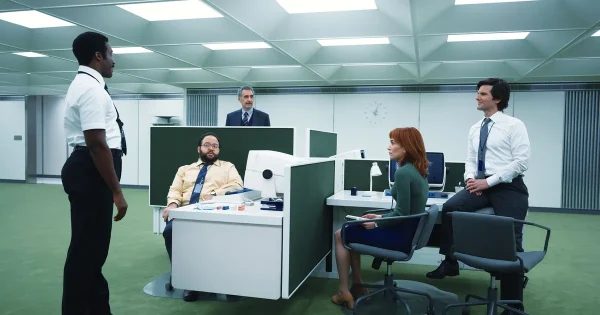
“Severance” is one of the most original and gripping sci-fi thrillers in recent memory. Its concept is unique, tapping into themes such as labor, identity, and autonomy. I find the writing to be immaculate—logical yet unpredictable. The show is full of exciting, relevant twists and turns rather than excessive, unnecessary plot twists that only add shock value. As the show progresses, the circumstances become increasingly dire, often involving heartbreak, self-preservation, and life-or-death situations. Once acquainted with the “Severance” universe, you’ll be hooked, questioning reality along with the characters.
Despite the unsettling plot, I feel that the show has a strangely comforting ambience. Lumon’s eerie, white hallways, minimalist style, and lack of natural lighting feel both calming and inhuman. Meanwhile, the outside is generally darker and warmer, in stark contrast to Lumon’s bright, sterile environment and further conveying the duality of these two worlds. Adding to the sense of unease, “Severance”’s masterful score uses a repetitive chord progression that’s both unnerving and catchy.
One thing I think “Severance” does better than most shows is the portrayal of realistic characters. No character feels like a stereotype or caricature. Rather than assigning random traits to each character, the personalities of each character are a direct result of their circumstances. As a result, each character has a tremendous amount of depth, making them all the more interesting to watch. Without richly developed characters, the ethical horror that severance is wouldn’t land as hard. This becomes more apparent as we’re introduced to the protagonists’ outies and learn more about their history in season two.
“Severance” progresses deliberately slowly. The mystery is slow to unravel, leaving the audience on the edge of their seats by elaborating on plot-points over a long period of time rather than immediately resolving . Although season two was action-packed and expansive, many questions remain unanswered. This has led to much speculation among fans. It’s likely that the logistics of how Lumon really operates will remain ambiguous until the final season (season three, possibly season four). While some fans don’t appreciate the slow burn, I enjoy “Severance”’s slow pace—it builds suspense and intrigue gradually.
This show has become very popular recently for all the right reasons. Not only is “Severance” entirely unique, people relate to it more than they realize. The concept emerged from creator, Dan Erickson, wondering—“wouldn’t it be great if I didn’t remember what I did at work as if I never went in the first place?”—something you’ve maybe thought of yourself. The show speaks to how problematic and unfulfilling the corporate culture can be. From excessive corporate control to the psychological toll of disproportionate work, the issues characters in “Severance” face resonate with many people today. Beyond “Severance”’s relevancy: its concept is profound, the characters are believable, the writing is enthralling, and every little detail is intentional. Whether you enjoy thrilling science fiction and mysteries or not, I couldn’t recommend this show enough.




